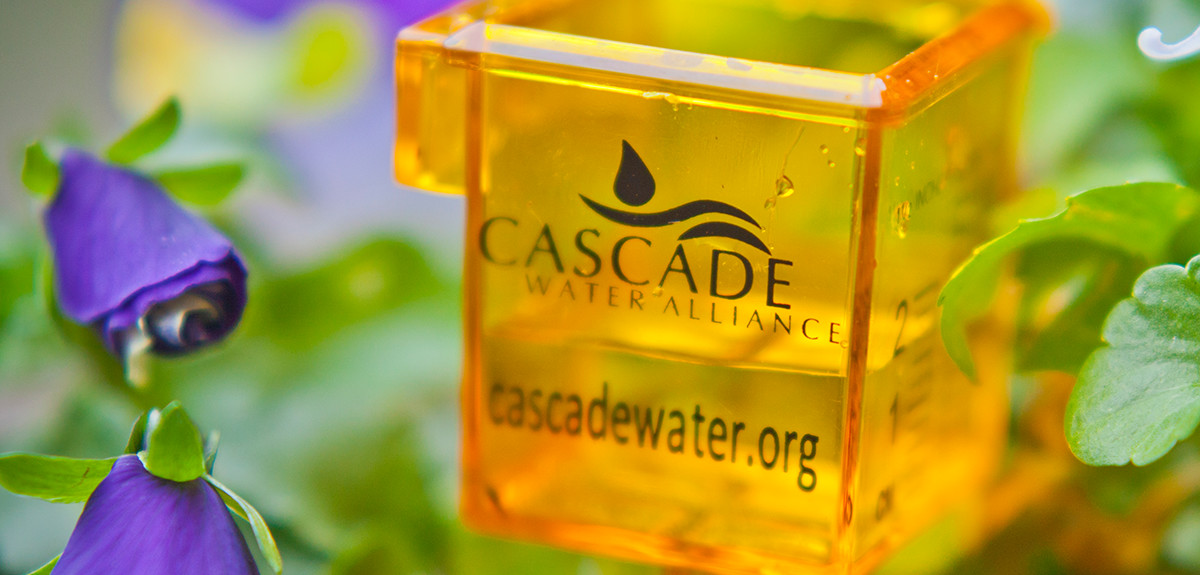What is Blue-green Algae?
Blue-green algae (Cyanobacteria) occur naturally in Washington lakes and some can produce toxins. The right combination of sunlight, warm temperatures, and nutrient-rich waters causes rapid growth of blue-green algae, which can color the water, or form a scum, called a bloom. Most blooms are not toxic, but toxicity is difficult to predict, and can only be detected through a laboratory test. Blue-green algae can produce toxins at levels that are lethal to pets and wildlife. Symptoms of ingestion may including feeling ill, stomach pains, or diarrhea. For more details on algae blooms, click here.
Algae blooms have been an issue throughout the history of Northwest lakes, as well as the Lake Tapps reservoir, even when PSE operated it. The Tacoma-Pierce County Health Department is the agency that oversees blue-green algae and Cascade works closely with them, including sampling areas of concern.
If You See an Algae Bloom Email the Tacoma Pierce County Health Department
The Tacoma-Pierce Health Department oversees blue-green algae and determines advisory levels, such as when to close an area to swimming. If you see an algae bloom, it may be toxic, so stay away from the water. Email the Tacoma-Pierce County Health Department at EHSurfaceWater-Shellfish@tpchd.org.
The Health Department posts advisories or closures when conditions are unsafe, so people and pets don’t get sick. Click here to check their list for current advisories.
Advisory Levels:
Tier 1 – CAUTION: A bloom is visible. Health Department will post “Caution” signs and take weekly samples for testing until bloom dissipates. If toxins are detected, advisory level moves to Tier 2.
Tier 2 – WARNING: Toxin levels detected from sampling tests. “Warning” signs are posted and additional steps may be taken by the Health Department. Continued sampling.
Tier 3 – DANGER: If toxin levels are detected and there are reports of illness or pet death, the Health Department may close the lake and will post “Danger” signs.
How to Prevent Algae Blooms
You can help keep Lake Tapps Reservoir healthy by taking the following steps:
- Maintain your septic system
- Control runoff and soil erosion
- Reduce or eliminate use of fertilizers (if using fertilizers, use one low in phosphorus)
- Properly dispose of pet wastes
- Wash vehicles away from the lake
- Reduce or eliminate the use of pesticides
- Plant native plants between your yard and the water to reduce runoff and prevent erosion
- Don’t feed waterfowl
- Become TappsWise certified
